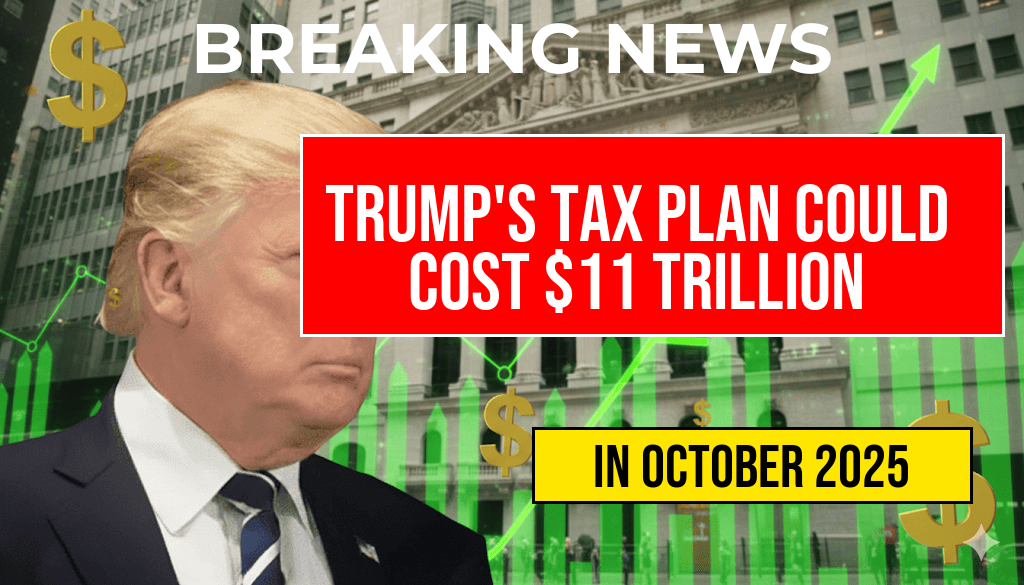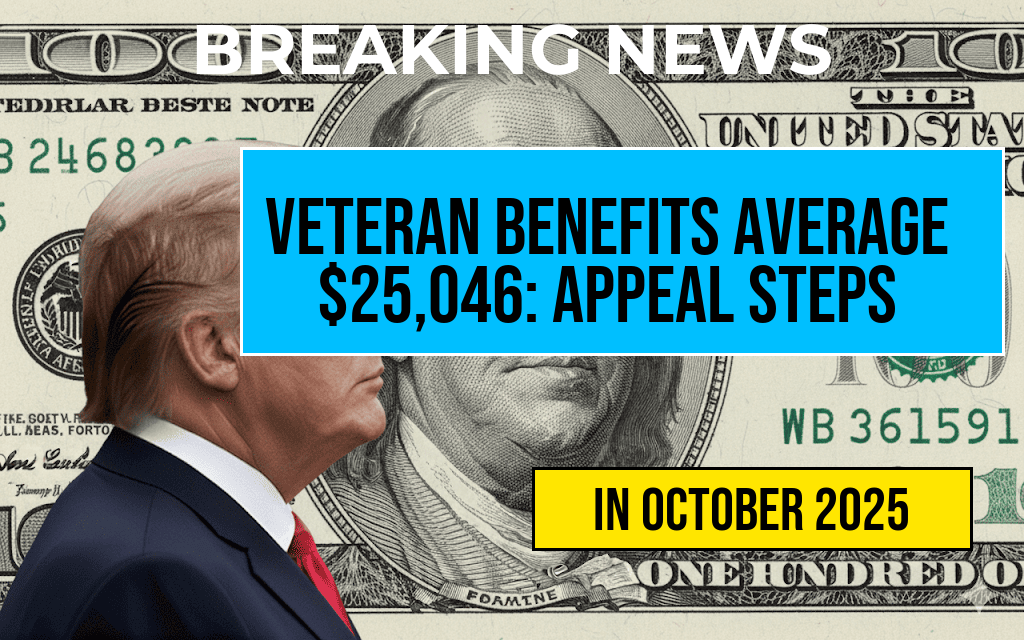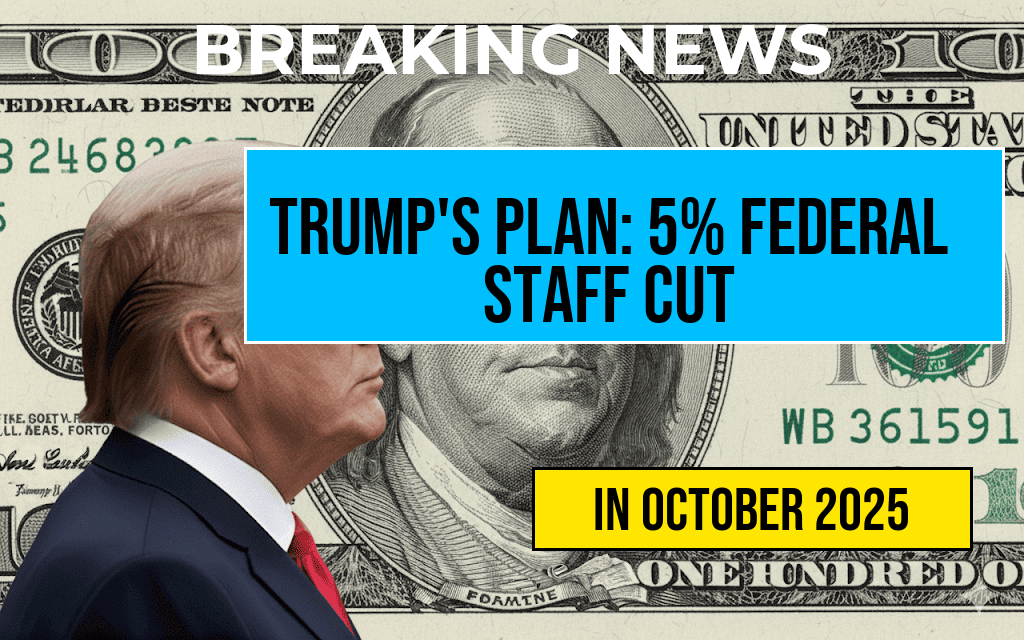Former President Donald Trump’s proposed tax plan has sparked considerable debate, with estimates suggesting it could cost the U.S. government up to $11 trillion over the next decade. As discussions unfold, it’s crucial for American taxpayers to understand how these changes could impact their personal finances. The plan aims to reduce taxes for corporations and high-income earners while potentially increasing the national deficit. Analysts warn that if enacted, this plan could lead to significant shifts in federal revenue, affecting everything from social security to infrastructure funding. With the political landscape shifting rapidly, the ramifications of Trump’s tax proposal could reverberate through the economy and influence everyday Americans’ wallets.
Understanding Trump’s Tax Plan
Trump’s tax proposal primarily focuses on three key components:
- Corporate Tax Cuts: The plan suggests lowering the corporate tax rate from 21% to 15%, aiming to stimulate business investment and job growth.
- Individual Tax Changes: The proposal includes adjustments to tax brackets, potentially reducing the rates for high-income earners while simplifying the tax code.
- Elimination of Certain Deductions: The plan may eliminate some itemized deductions, which could disproportionately affect middle-class families.
Financial Implications for Middle-Class Families
While the proposed tax cuts could benefit wealthier Americans, the middle class may face mixed outcomes. The elimination of certain deductions could lead to increased tax liabilities for some families, particularly those who rely on specific itemized deductions such as mortgage interest or state and local tax deductions. As a result, some taxpayers might see a higher overall tax bill despite lower rates.
The Impact on Federal Revenue
Experts warn that the anticipated $11 trillion cost could exacerbate the national deficit, raising concerns about the long-term sustainability of federal programs. The Congressional Budget Office (CBO) has indicated that such significant tax cuts would likely need to be offset by increased borrowing or cuts to public services. This could lead to a reduction in funding for essential programs like education, healthcare, and social security.
Potential Economic Consequences
The economic implications of Trump’s tax plan extend beyond immediate financial considerations. A decreased tax revenue could hinder the government’s ability to invest in infrastructure and public services, potentially stunting economic growth in the long run. Additionally, if federal deficits rise significantly, it could lead to higher interest rates, affecting everything from mortgages to business loans.
Reactions from Economists
Economists are divided on the effectiveness of Trump’s tax plan. Some argue that lower corporate taxes could drive economic growth, while others caution that the plan disproportionately favors the wealthy and may not yield the promised benefits for the broader economy. According to a report by the Forbes, the plan could exacerbate income inequality, as wealthier households are more likely to benefit from tax decreases.
What This Means for Your Wallet
As discussions continue, it’s essential for taxpayers to consider how Trump’s tax plan could directly impact their finances:
- Short-Term Savings: Some families may see short-term savings from lower tax rates.
- Increased Long-Term Costs: Potential cuts to public services and infrastructure could lead to higher out-of-pocket expenses.
- Uncertainty in Planning: The unpredictability of future tax liabilities may complicate financial planning for families and individuals.
What Taxpayers Should Do
In light of these developments, taxpayers should stay informed about the evolving tax landscape. Consulting with financial advisors might help individuals and families navigate potential changes and better understand their tax obligations. Keeping track of legislative updates will also be crucial as the political climate shifts, potentially altering the fate of Trump’s tax proposal.
For further insights on the implications of Trump’s tax plan, visit the Wikipedia page on Taxation in the United States.
Frequently Asked Questions
What is the estimated cost of Trump’s tax plan?
The estimated cost of Trump’s tax plan could reach up to $11 trillion over the next decade, raising concerns about its long-term impact on the economy.
How might Trump’s tax plan affect individual taxpayers?
Individual taxpayers could see changes in their tax rates, deductions, and credits, which may lead to either savings or increased liabilities depending on their income levels and financial situations.
What are the potential economic implications of this tax plan?
The potential economic implications of Trump’s tax plan include increased deficits, possible growth in the national debt, and varying impacts on job creation and investment.
Will all taxpayers benefit from Trump’s proposed changes?
While some taxpayers may benefit from lower tax rates, others, particularly those in higher income brackets, may face increased burdens due to the restructuring of the tax code.
What should taxpayers do to prepare for the changes from Trump’s tax plan?
Taxpayers should stay informed about the developments of Trump’s tax plan and consider consulting with a financial advisor to understand how the changes could specifically impact their financial situation.







